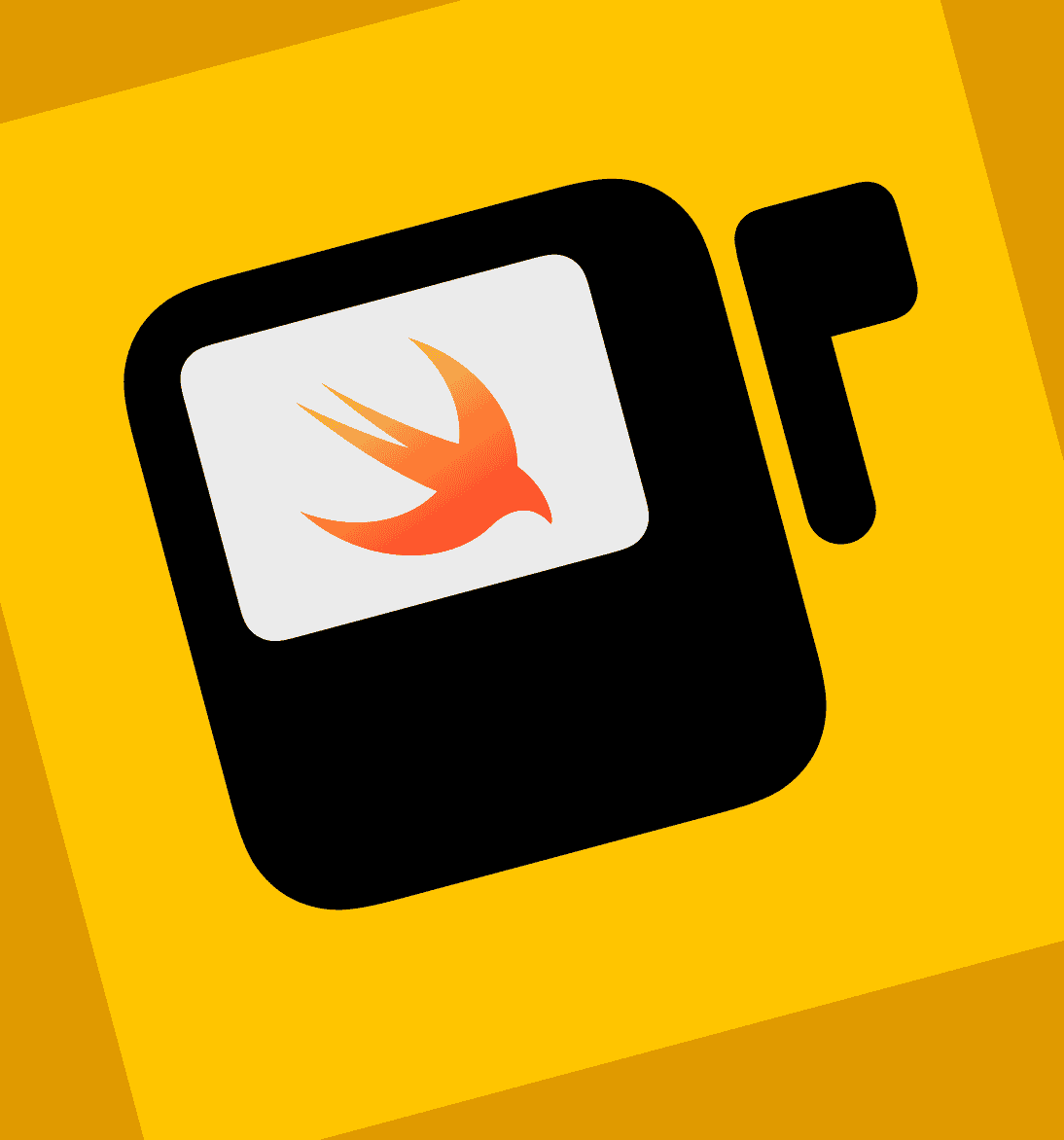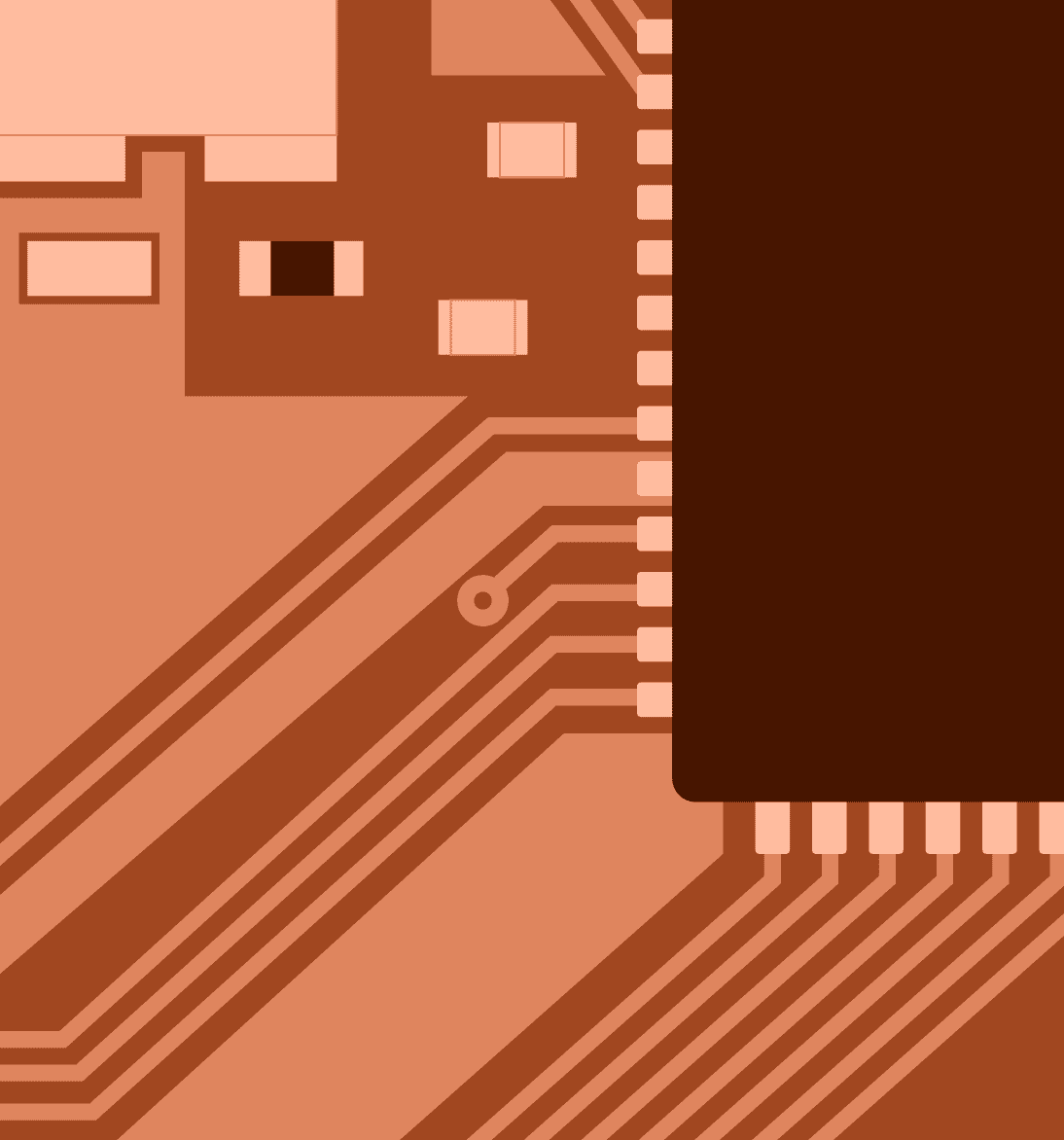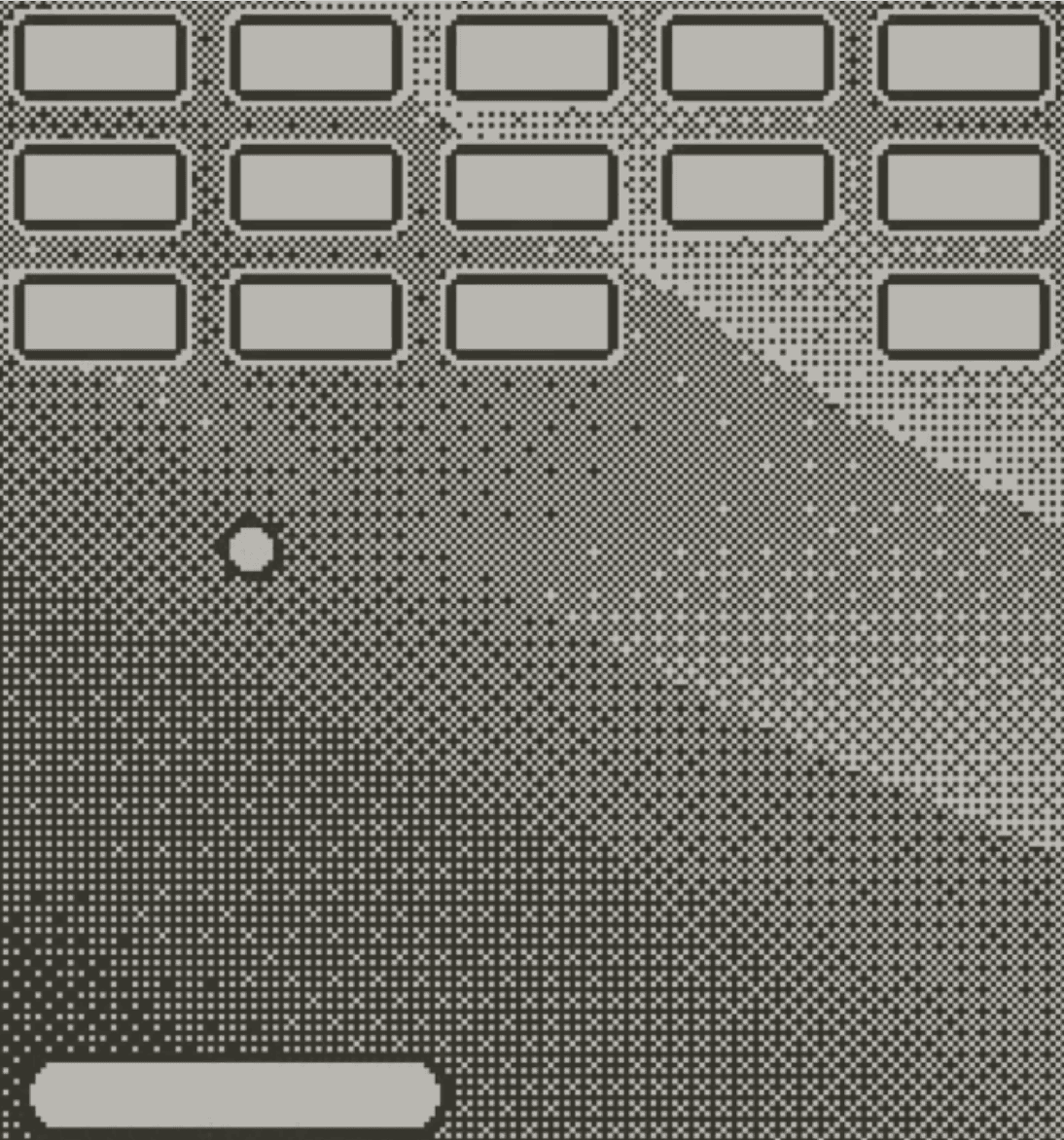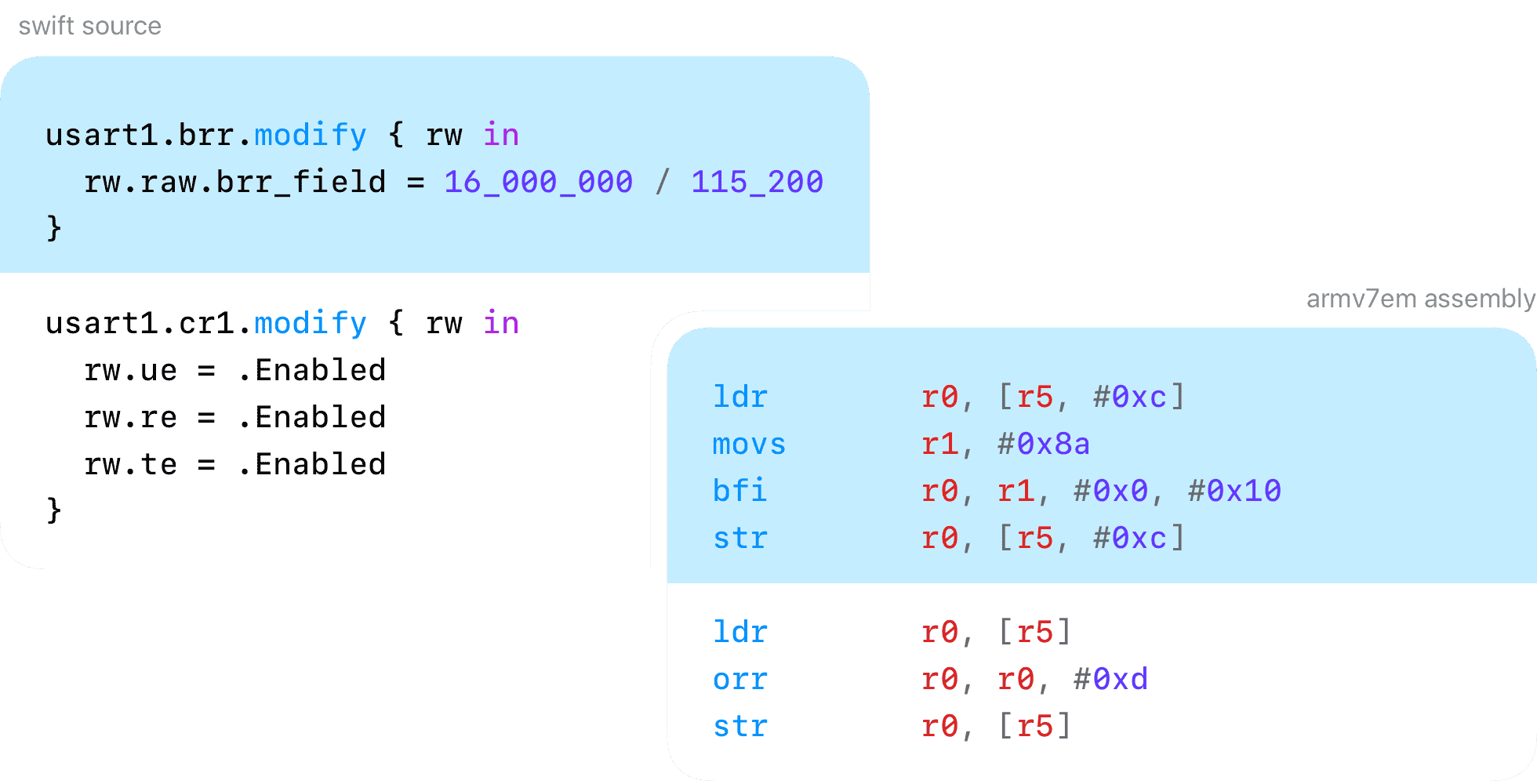Runs on many embedded platforms
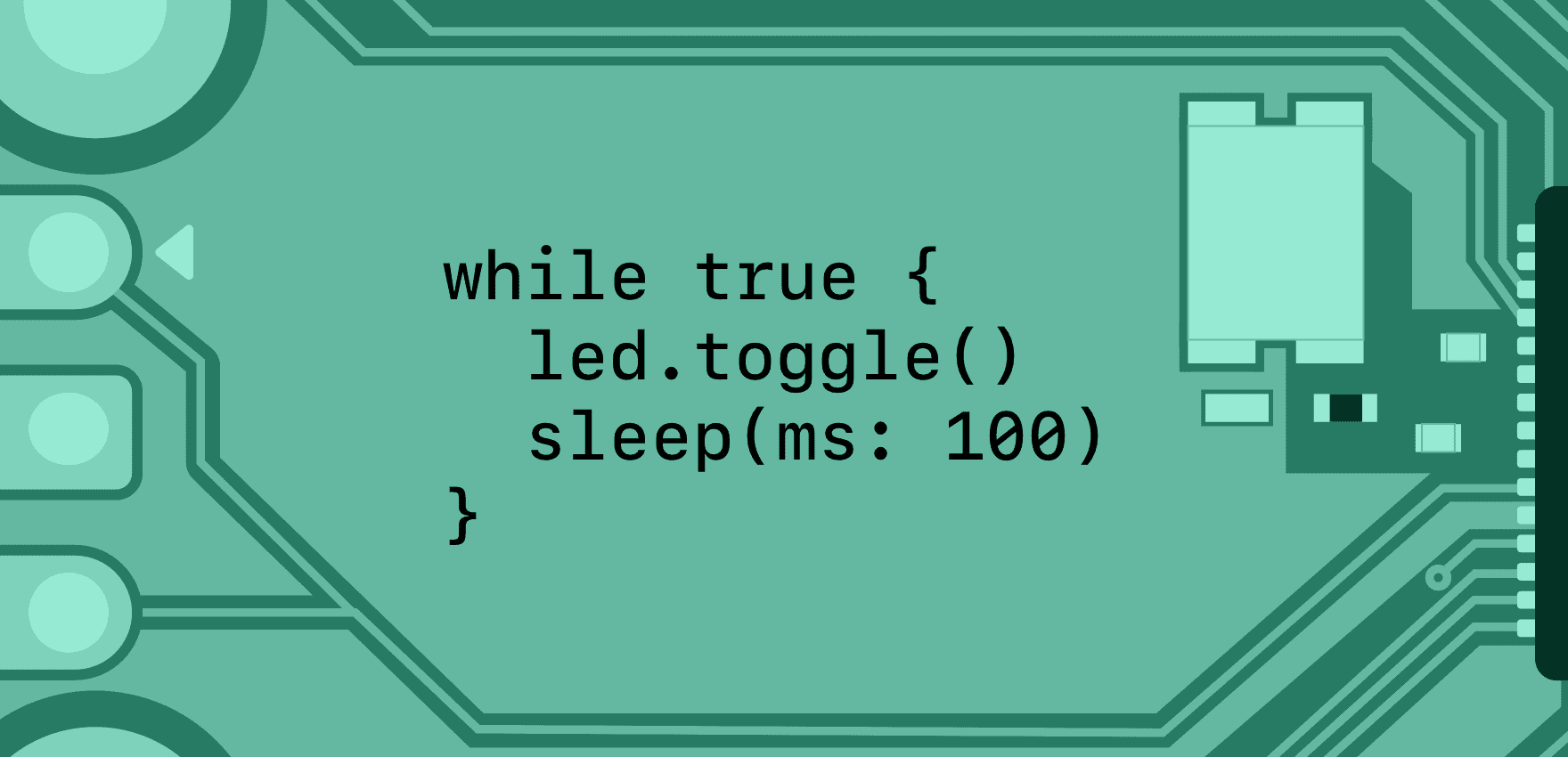
-
Integrate with Raspberry Pi Pico SDK Take advantage of seamless interoperatibility and use existing APIs from the Pico SDK directly from your Swift code. Open guide
-
Go baremetal on STM32 chips For maximum control, you can run completely baremetal and use Swift MMIO to operate hardware devices. Open guide
Embedded Swift is not limited to specific hardware devices or platforms. It's versatile, it can be integrated with existing SDKs and build systems, and it can also be used for pure baremetal development. Most common ARM and RISC-V chips can be targeted by the Swift toolchain.
Learn more about integration with other platforms and build systems


